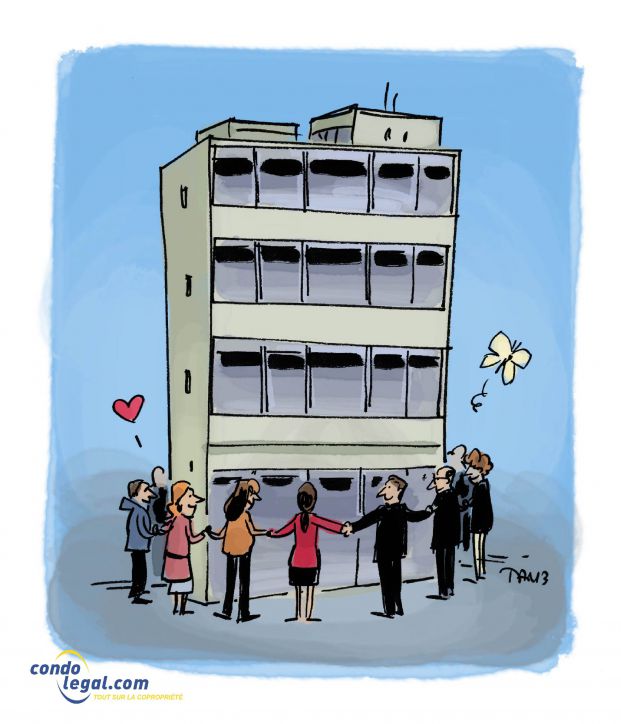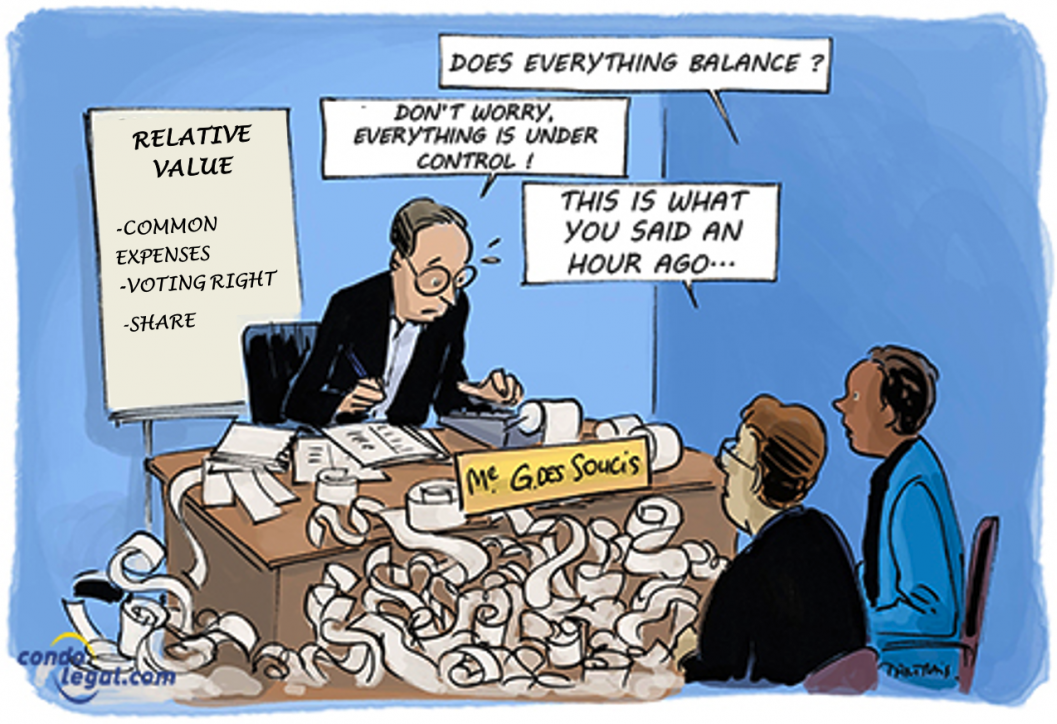21 Articles

The meeting of co-owners is the gathering of all the co-owners, to make the decisions necessary for the sustainability of the building and the proper functioning of the co-ownership. It is one of the two decision-making bodies of the syndicate. This should be held at least once a year, but it can take place as often as necessary. You should be aware that co-ownership life implies that the co-owners or their representatives meet, occasionally, to discuss and…...

The COVID-19 health crisis and its procession of government restrictions to limit gatherings have often made it impossible to regroup. The legislator was forced to organize the rescue of legal persons, banned from assemblies, to preserve, at least for a time, their functioning. The syndicates of co-owners have thus adopted alternatives to face-to-face meetings of co-owners. Social distancing obliges, COVID-19 has given rise to a phenomenon in co-ownership: virtual meetings of co-owners, also called remote meetings.…...

Article 1083 of the Civil Code of Quebec allows syndicates of co-owners to regroup within an association. More of an incentive than a creator of rights, this article aims to encourage syndicates to come together to share, in particular, the cost of certain common services. The latter can thus pool resources for the maintenance and conservation of their immovable. By seeking strength in numbers, the united syndicates of co-owners can devise effective strategies to better cope…...

The board of directors is one of the two decision-making bodies of the syndicate of co-owners. It is a mandatory decision-making body for any syndicate of co-owners. Composed of one or more directors, it is the cornerstone of any well-managed co-ownership. In principle, it is the board of directors as a group that makes the decisions and not the directors individually. Its mission is to administer and ensure the preservation of the immovable. Its operation…...

When it comes time to acquire a home, many buyers turn to the acquisition of a multi-unit building (such as a duplex, triplex, quadruplex, etc.). The direct conversion of rental units to divided co-ownership is prohibited in some cities, with a few exceptions, which is why owners first turn them into undivided co-ownership. It should be noted that a building, whose dwellings are all occupied by undivided owners,can be converted into divided co-ownership, subject to…...

The process leading to convening a general meeting of co-owners must be rigorously observed. It is necessary to comply with certain formal conditions and time constraints, otherwise the decisions taken during such general meeting could be invalidated. The co-owners are informed of the holding of the general meeting of co-owners by the reception of the notice of meeting. This written notice must indicate the date, time and venue of the meeting and the questions on…...

A General Meeting of the co-owners cannot take place without an agenda. To deliberate in accordance with the Law, co-owners should be able to become aware, before the Meeting, of the questions on the agenda. This the reason why it should be annexed to the notice of call, usually prepared by the Board of Directors (Board). It contains all the questions to be tabled for deliberation during the Meeting of co-owners. This document must be clear…...

It is possible to make a decision without having a meeting. Article 354 of the Civil Code of Québec recognizes the value of a written resolution: "Resolutions in writing signed by all the persons qualified to vote at a meeting are as valid as if passed at a meeting of the board of directors, at a general meeting or at a meeting of any other organ. " The co-owners and directors may vote on a…...

The syndicate of co-owners, as a legal person, has juridical personality, which allows it to contract with third parties, hire employees, hold and dispose of property or exercise legal remedies to protect its assets and ensure the defense of the collective interests of the co-owners.He plays a crucial role in a co-ownership, as it is its legal representative. A legal person constituted of all the co-owners (the collectivity of the co-owner) and governed…...

Divided co-ownership is a housing formula that usually has more than one owner. In order to assess and quantify the interest of each person in the building, the legislator has provided that the right of ownership of each owner in the common portions is proportional to the relative value of his fraction. To determine the relative value of a unit, it must be compared with the value of all the other units of the co-ownership. The…...
